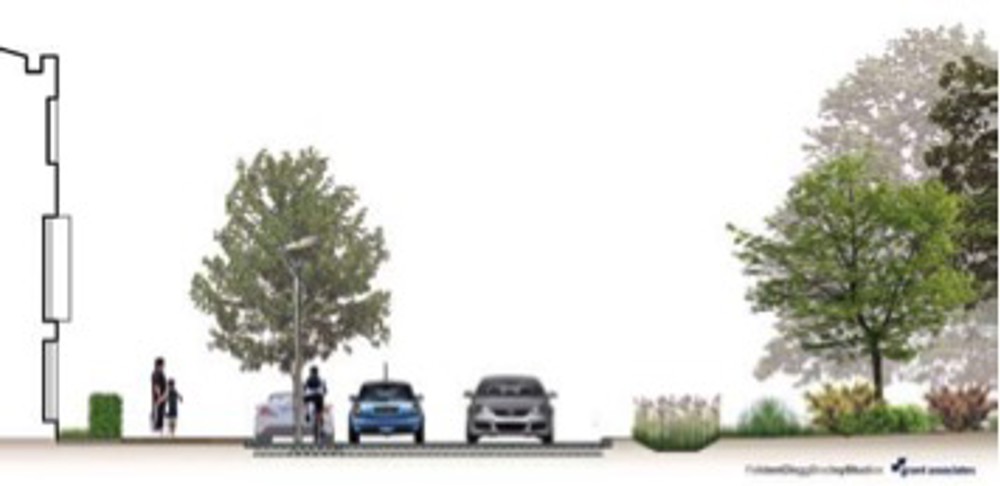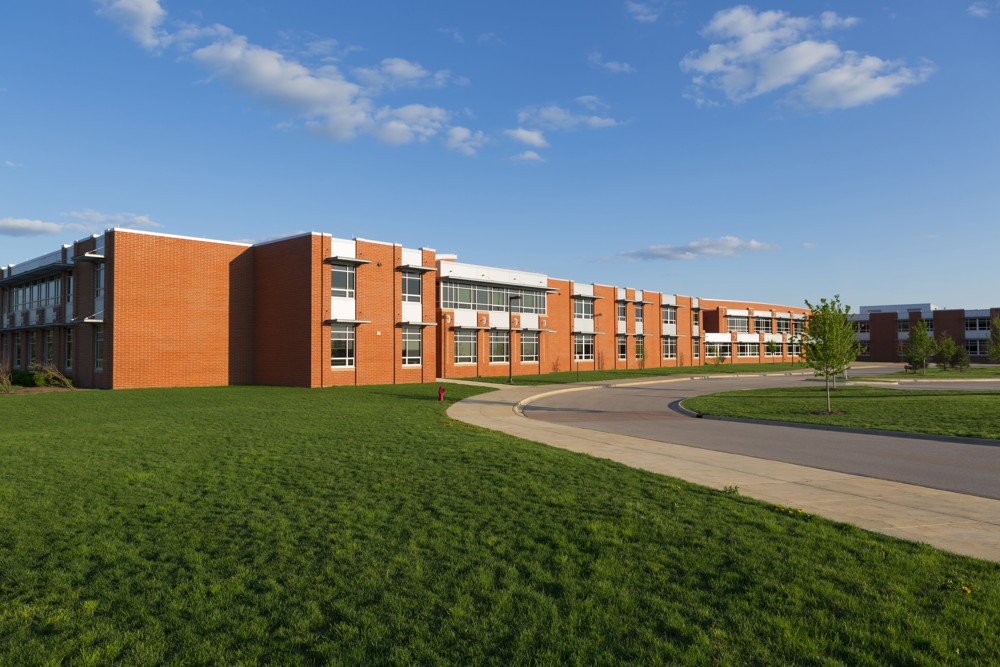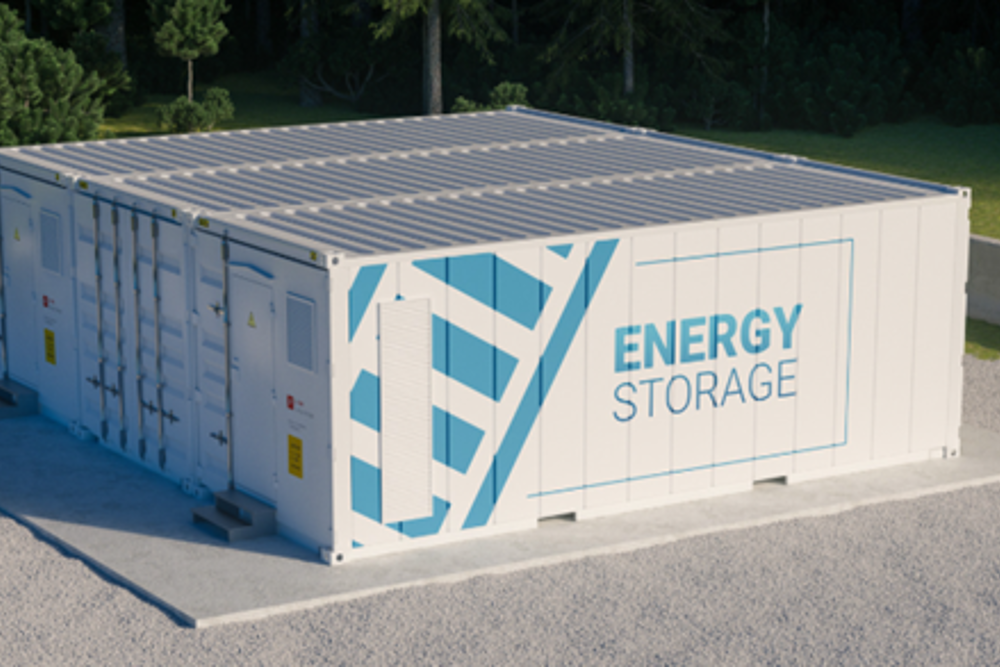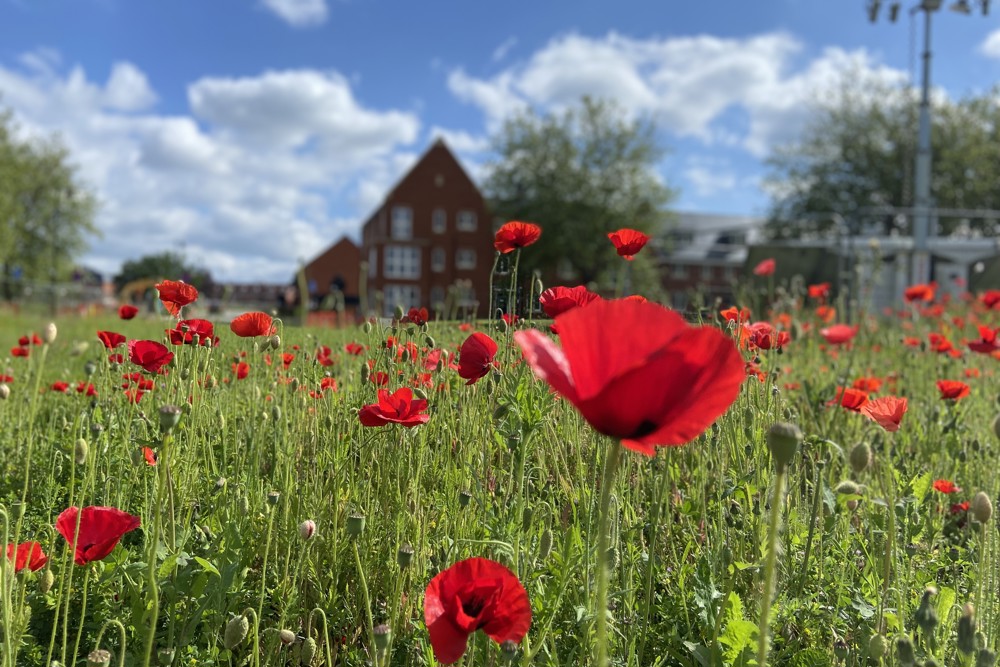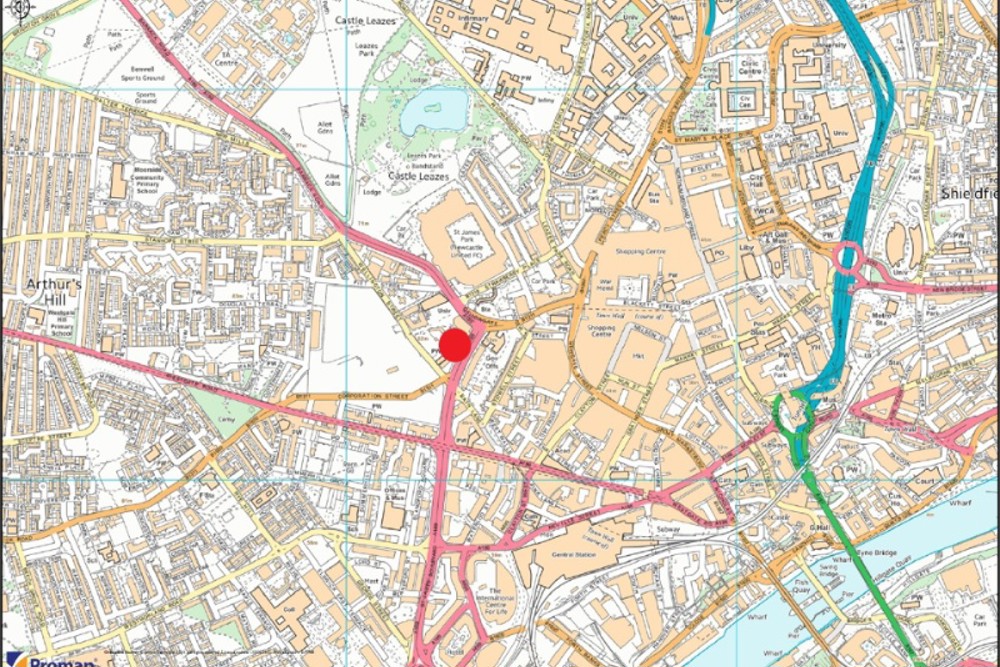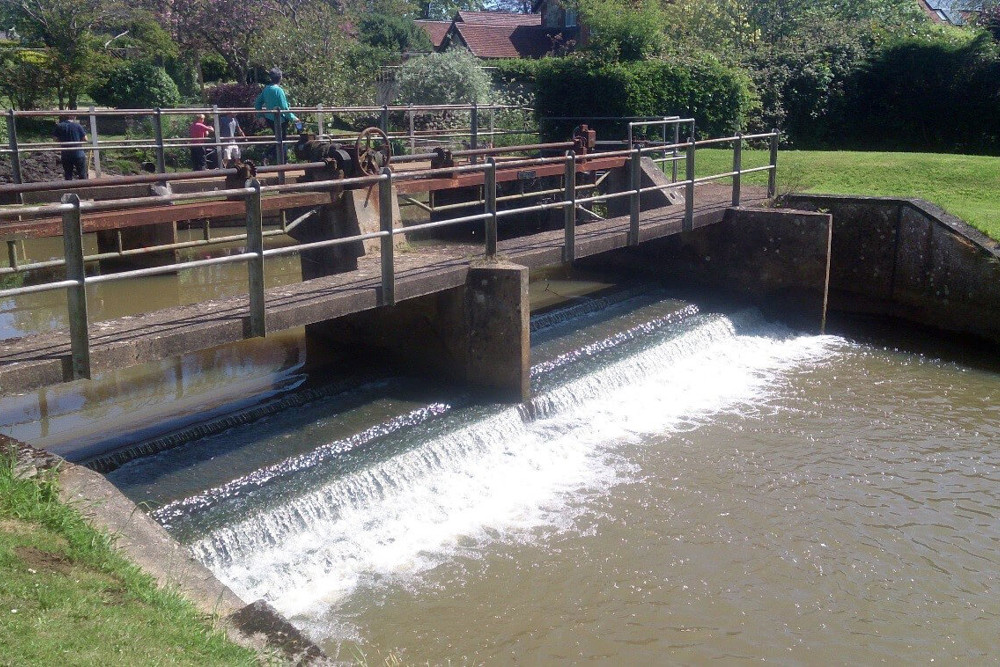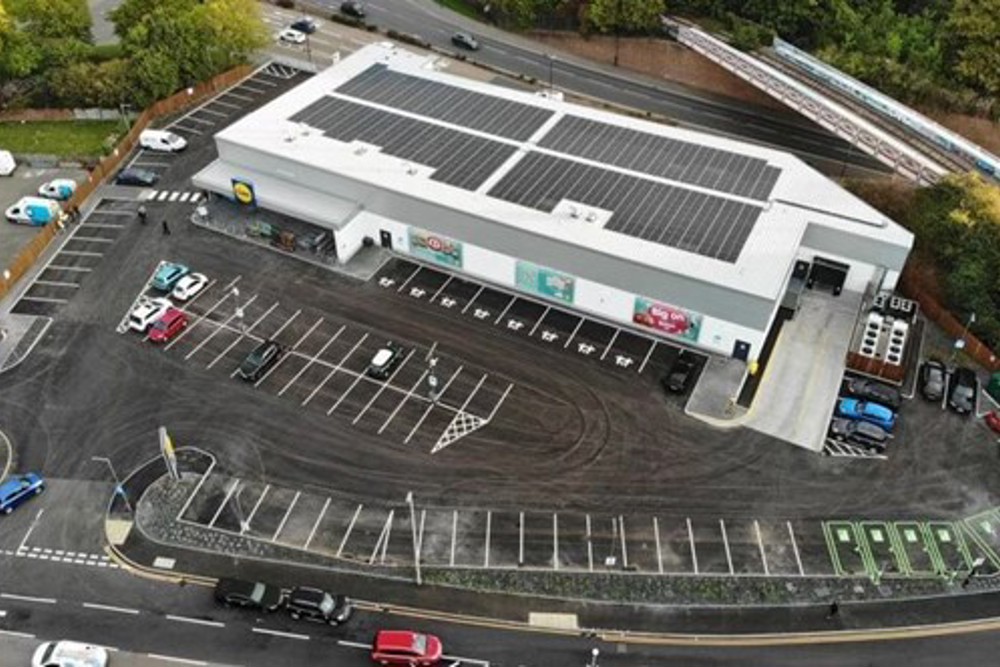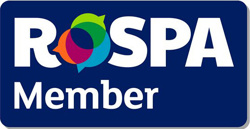Project
It is now widely recognised that land use plays just as important a role in the origin of flooding events as the weather. In a “greenfield” environment, rainwater falls on the river catchment and a significant proportion percolates through to the soil. The proportion that does not recharge the groundwater table evaporates or eventually ends up at the outfall point of the catchment. However, the increased urbanisation of catchments has resulted in the loss of this natural control mechanism. With the result that rainfall is now being much more rapidly conveyed to the outfall point, thus creating a large peak flow, much increased total volume and potential flood conditions. The other issue with these pesky “run-off’s” is that the rush of water entering the outfall from the urban catchment usually brings with it a rush of polluting substances. This can result in the deterioration of the area around the outfall and the loss of species both there and downstream.
Sustainable drainage systems or SUDS are an alternative approach to the management of surface water drainage, which strikes the balance between the management of surface water run-off and the need to conserve natural resources. While SUDS techniques are becoming more and more common in construction projects, there has been limited research in the UK, the South in particular, on the results of implementing SUDS, and the success with which is achieves a more ‘natural’ drainage regime.

